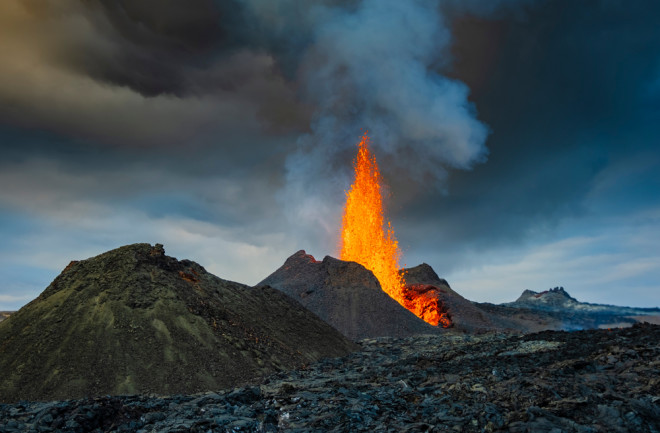At the dawn of the Triassic period, about 252 million years ago, the ancient supercontinent of Pangea stretched between the ends of the Earth. The landmass contained the geologic precursors of all seven modern day continents.
“An ambitious dinosaur could have walked from very close to the south pole to the north pole in a lifetime,” explains Columbia University Paleontologist Paul Olsen.
However, the supercontinent began to rift and splinter in the late Triassic about 230 million years ago. As the Americas pulled away from Africa and Eurasia, magma erupted at the margins. The episode, now known as the Central Atlantic Magmatic Province (CAMP), was one of the largest volcanic events in Earth’s history.

